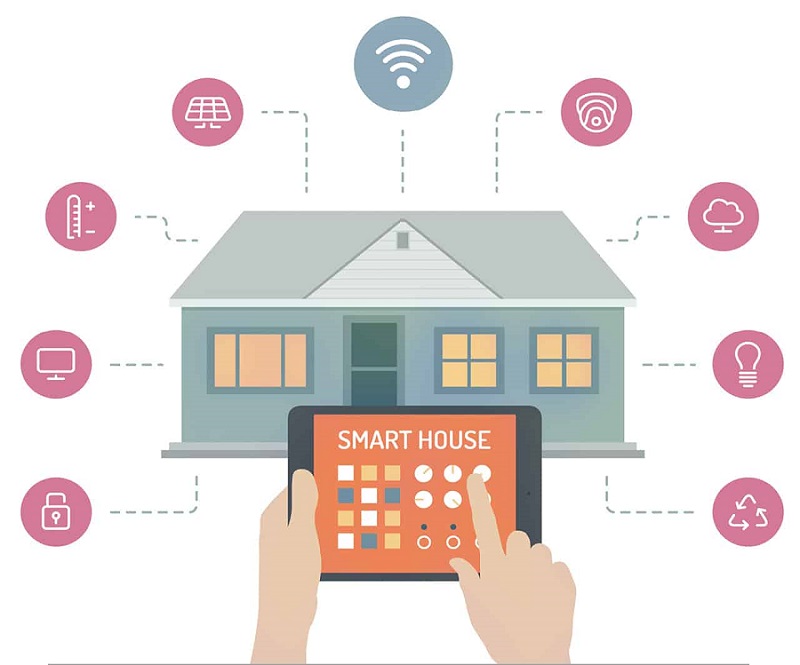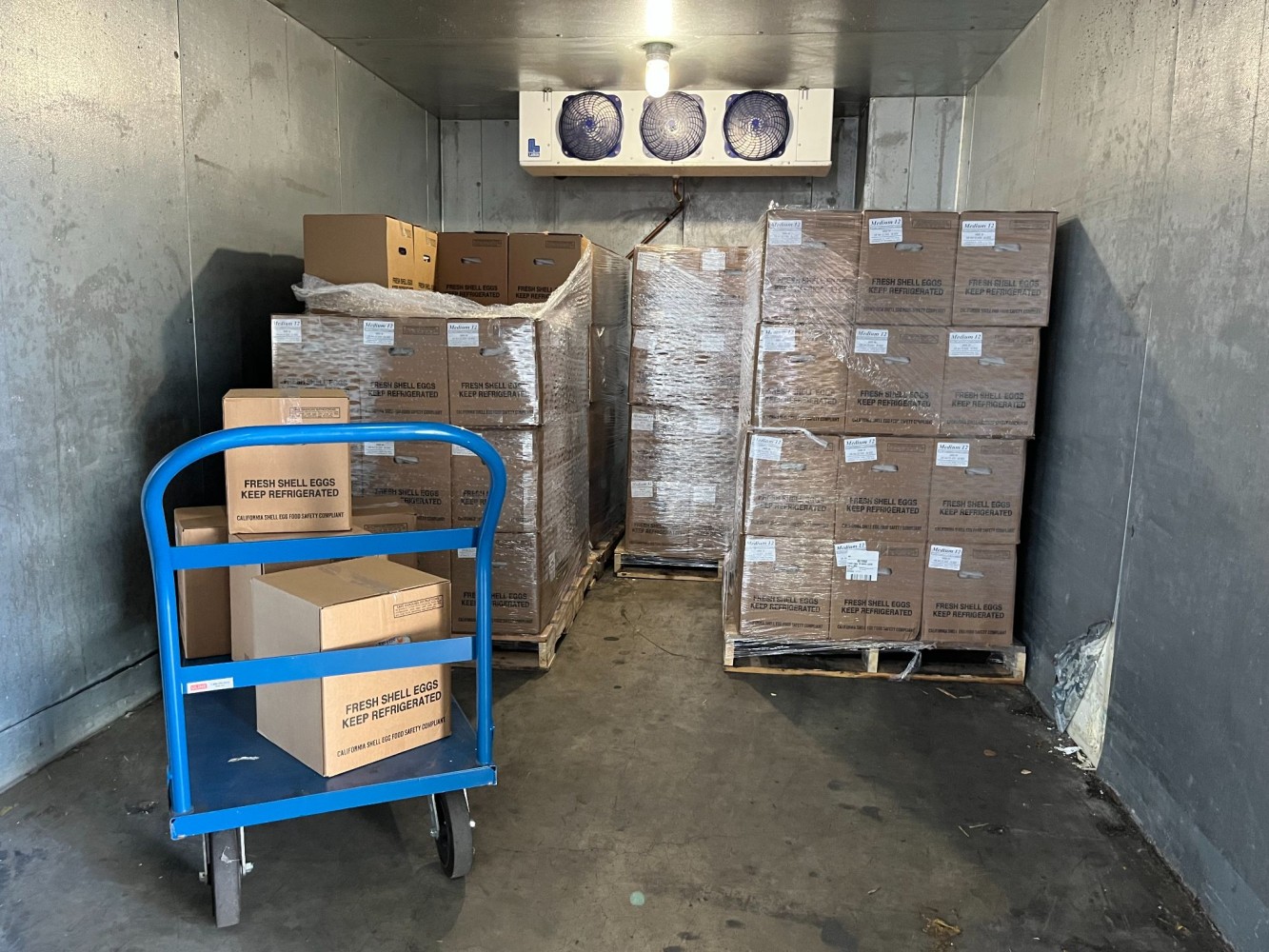
In a world where wildfire threats grow more ominous each year, a technological revolution is quietly unfolding at the intersection of smart homes and environmental monitoring. Advanced systems combining Internet of Things (IoT) sensors with artificial intelligence now offer homeowners unprecedented abilities to detect, monitor, and respond to encroaching wildfires—sometimes even before flames become visible.
The core of these systems lies in their sophisticated detection capabilities. Modern AI-driven wildfire sensors utilize high-resolution optical cameras and thermal imaging paired with machine learning algorithms that operate continuously 24/7, scanning the landscape for the earliest signs of danger. These systems can detect wildfires within just five minutes of ignition and up to seven miles away, using strategically positioned 360-degree cameras mounted around residences at rooflines and eaves. This early detection window—crucial for evacuation decisions—represents a dramatic improvement over traditional methods.
What makes these technologies particularly remarkable is their multi-layered approach. While optical detection provides visual confirmation, advanced gas sensors operate at the molecular level, identifying combustion emissions such as carbon monoxide and volatile organic compounds that signal a fire’s birth phase. This molecular-level detection capability can provide warnings within minutes to an hour after gases are released, often before visible flames or smoke appear, representing a significant leap forward in early warning systems.
Environmental monitoring forms another critical component. IoT sensors continuously track temperature, humidity, wind speed, and air quality, feeding data to central systems where algorithms identify patterns that might signal fire danger. This real-time data collection enables both homeowners and firefighting agencies to make informed decisions quickly, potentially saving lives and property.
The integration of these technologies into comprehensive home systems creates something more than the sum of their parts. When connected to home automation platforms, these systems can activate defensive measures automatically. For instance, when fire detection triggers an alert, strategically positioned external sprinklers can deploy to hydrate the home and surrounding landscape, creating a protective overlapping wet barrier against approaching flames and windblown embers. This automation reduces the chaos of emergency evacuations, allowing homeowners to focus on safety rather than last-minute property protection efforts.
Perhaps most impressive is how these systems maintain connectivity even in crisis conditions. By combining satellite-based communications with infrared imagery and ground sensors, modern installations overcome the limitations of cell tower or smoke cloud cover failures that often plague the visibility of wildfire situations. This multi-layered approach to both detection and communication provides comprehensive coverage even when traditional infrastructure fails.
As climate change intensifies wildfire risks globally, these smart monitoring systems represent more than convenience—they’re becoming essential safety infrastructure. Their integration into comprehensive fire safety strategies will be vital for protecting vulnerable communities at the wildland-urban interface. The technology continues to evolve rapidly, with improvements in satellite IoT protocols, more affordable sensors, and increasingly sophisticated AI analysis capabilities. To ensure compliance with regulations related to forest land access, fire testing, and data privacy, ongoing discussions with government bodies and development partners will be crucial. Raising awareness and fostering responsible behaviors in rural and remote communities will play a key role in preventing wildfires and ensuring the effective use of monitoring systems.
The future points toward systems that not only detect fires earlier but predict their behavior with greater accuracy. As these technologies become more accessible and effective, they promise to transform our relationship with fire-prone landscapes, potentially allowing safer habitation in areas where wildfire has always been part of the natural ecology but where human communities must now learn to coexist with increasing risk.
Jack Hillbrand AIA, Landmarks Commission Architect
Santa Monica Architects for a Responsible Tomorrow
Samuel Tolkin, Architect & Planning Commissioner; Thane Roberts, Architect; Mario Fonda-Bonardi AIA, Architect; Robert H. Taylor AIA, Architect; Dan Jansenson, Architect & Building, and Fire-Life Safety Commission; Michael Jolly, AIRCRE; Jack Hillbrand AIA, Landmarks Commission Architect; Phil Brock, SM Mayor (ret.)
For previous articles, see www.santamonicaarch.wordpress.com/writing












